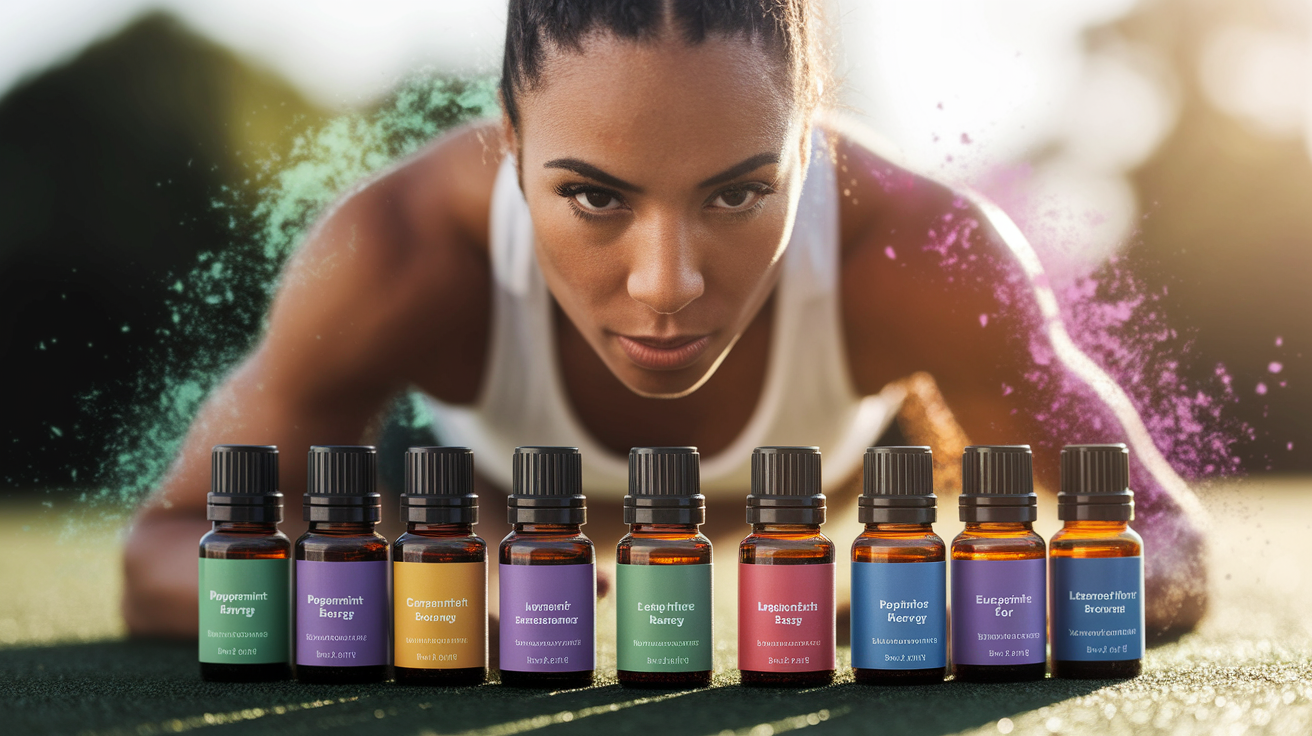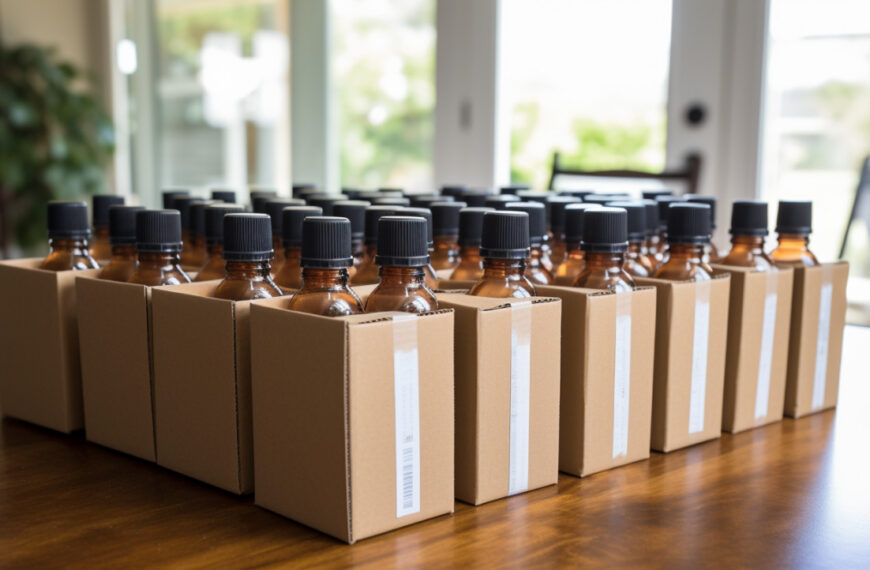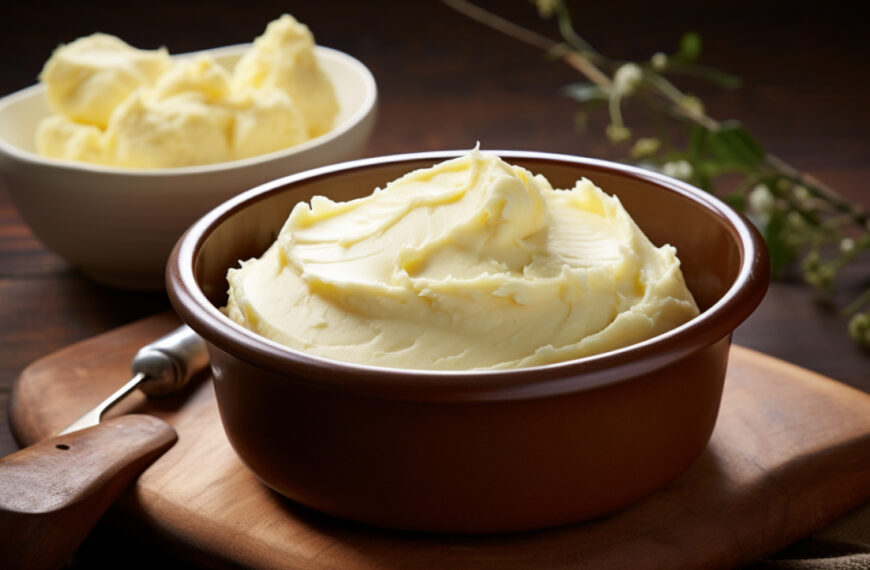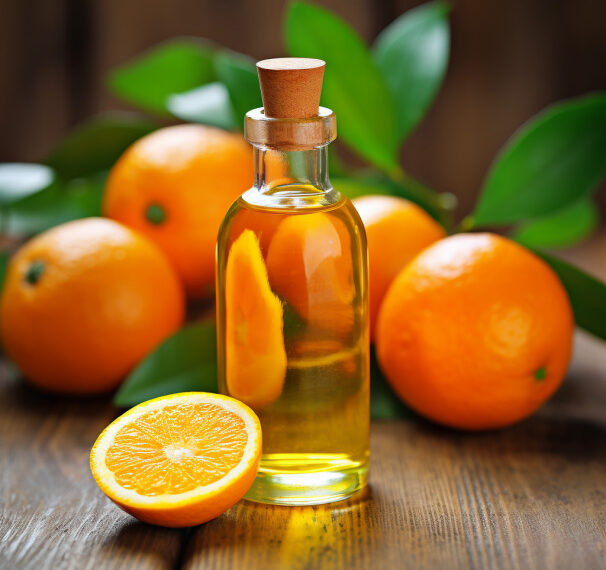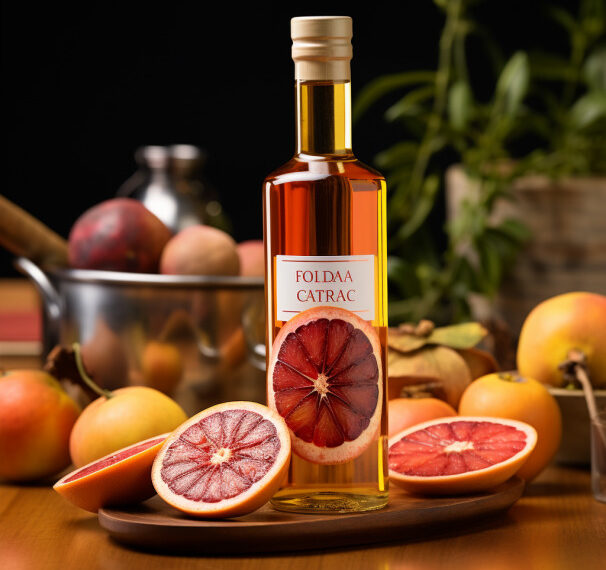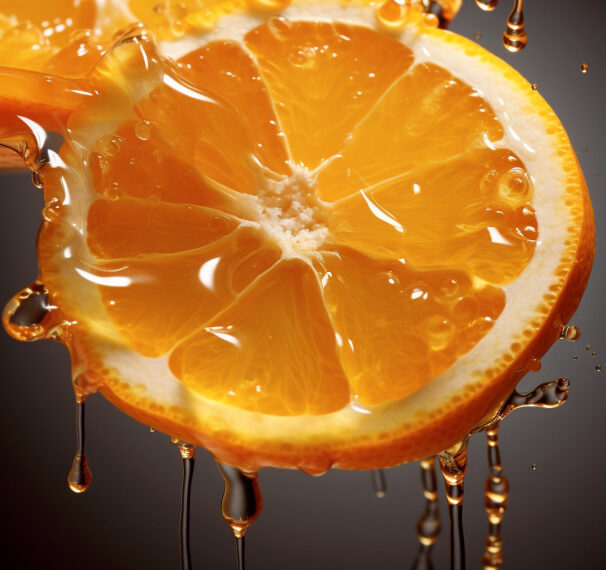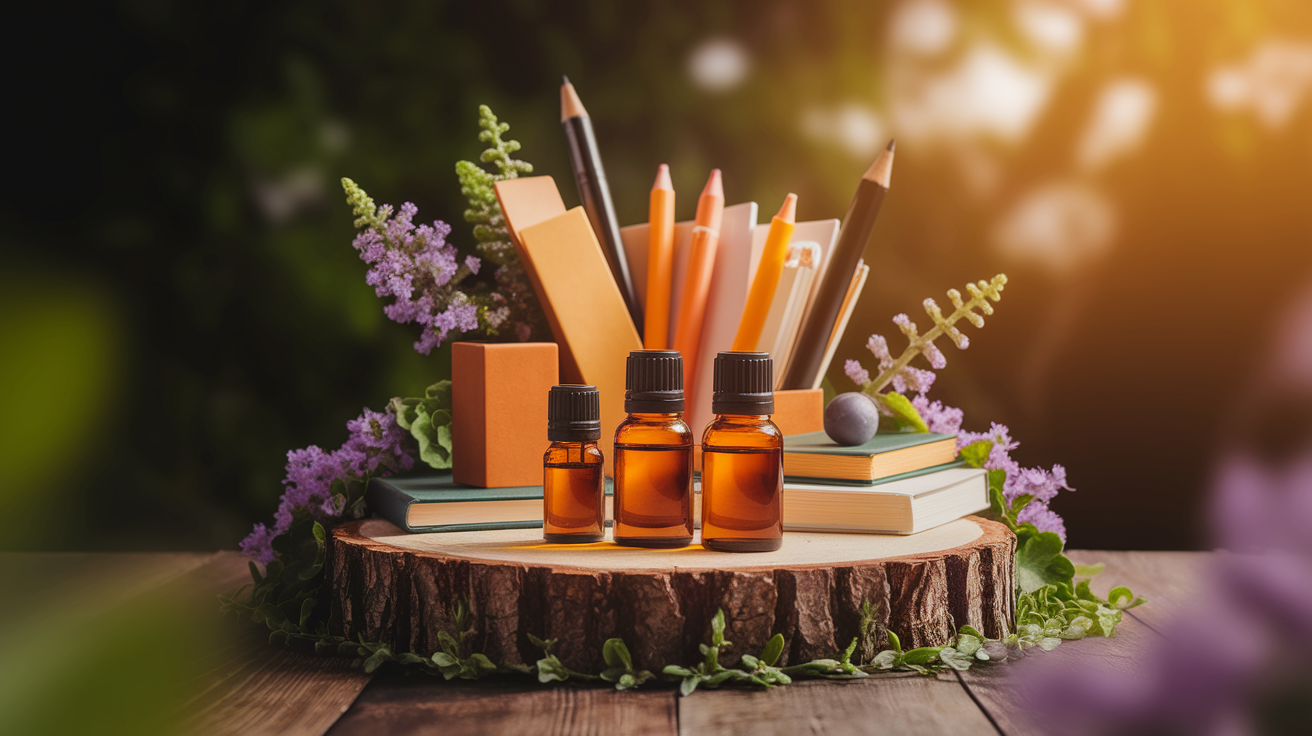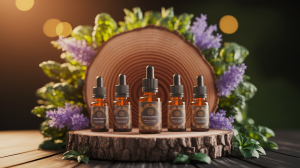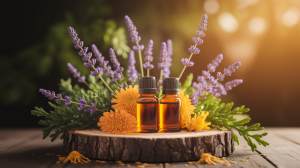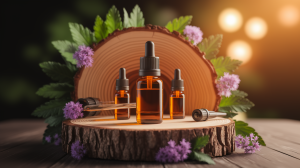Brewing the Bottom Line Up Front
I’m going to cut straight to the chase here because this question pops up so often in my inbox: No, you shouldn’t drink essential oils in tea. I know that might burst some bubbles, especially if you’ve seen those tempting social media posts about adding lavender oil to your evening chamomile or a drop of peppermint oil to your morning brew.
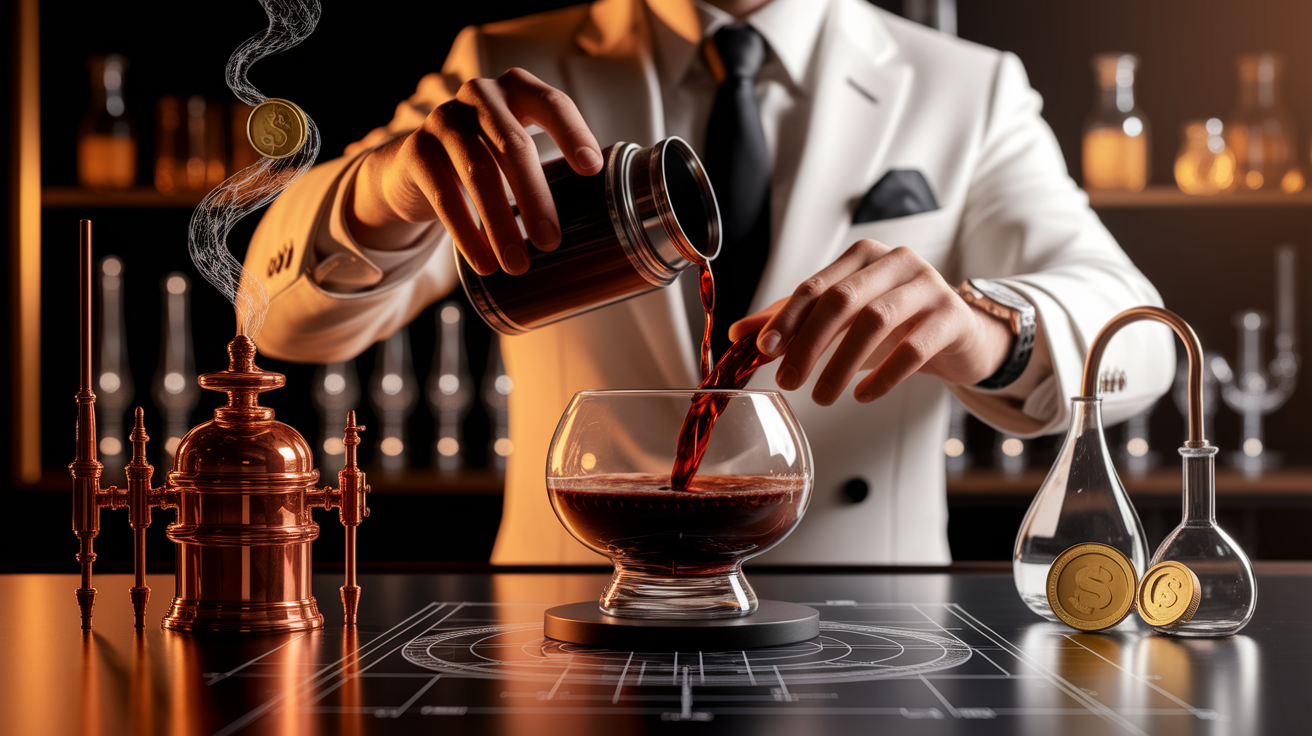
The simple truth? Essential oils are incredibly concentrated plant extracts – we’re talking 50 to 100 times more potent than the herbs themselves. What seems like a tiny, harmless drop can actually pack a punch that your digestive system simply wasn’t designed to handle. While I absolutely love essential oils and have seen their amazing benefits firsthand, drinking them in tea isn’t the way to go.
What Are Essential Oils and Why They Matter
Let me paint you a picture of just how concentrated these little bottles of liquid gold really are. To make a single drop of rose essential oil, you need about 30 roses. For peppermint oil, it takes around 250 pounds of fresh peppermint leaves to produce just one pound of essential oil. That’s some serious concentration!
Essential oils are created through distillation, cold-pressing, or solvent extraction, pulling out the most potent aromatic compounds from plants. This is completely different from something like grapefruit seed extract versus grapefruit essential oil – they’re entirely different substances with different safety profiles.
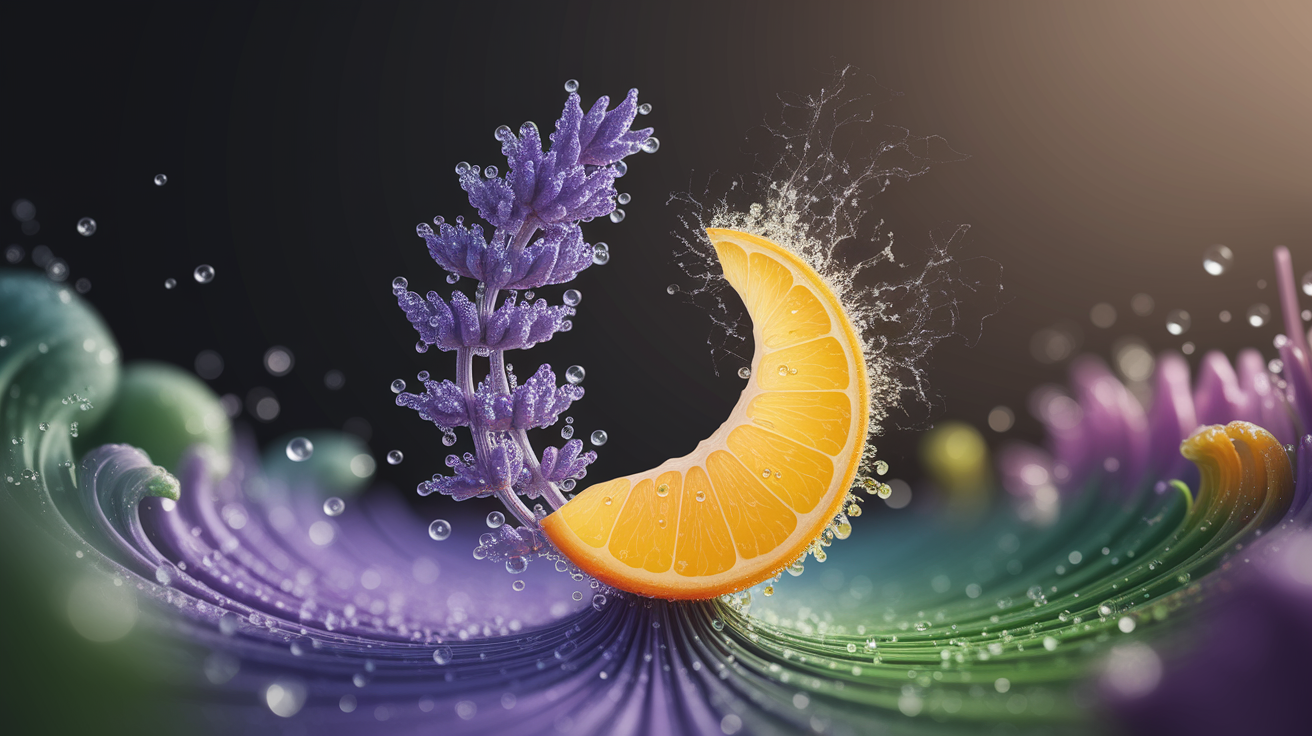
These oils contain hundreds of chemical compounds that work synergistically to create their therapeutic effects. But here’s the thing – just because something is natural doesn’t automatically make it safe to ingest. Think about it: poison ivy is natural too, but you wouldn’t brew that into tea!
The power of essential oils lies in their versatility through aromatherapy, topical application with carrier oils, and diffusion. They’ve been my go-to for everything from creating a calming bedtime atmosphere to supporting my family’s wellness routines – just not through ingestion.
Dangers of Ingesting Essential Oils in Tea
This is where things get serious, and I really need you to pay attention. The risks of ingesting essential oils are very real and can be life-threatening. I’ve seen too many people think that because they’re “natural,” essential oils are automatically safe to drink.
Essential oil toxicity symptoms can include severe gastrointestinal irritation, liver damage, seizures, and in extreme cases, even death. Your mucous membranes and digestive system simply aren’t equipped to handle these highly concentrated compounds in their undiluted form.
Some oils are particularly concerning. For instance, certain oils like wormwood should never be used internally due to their extreme toxicity. Even seemingly gentle oils like lavender and tea tree have been reported as potential endocrine disruptors, and tangerine oil has shown dose-dependent cytotoxicity in research.
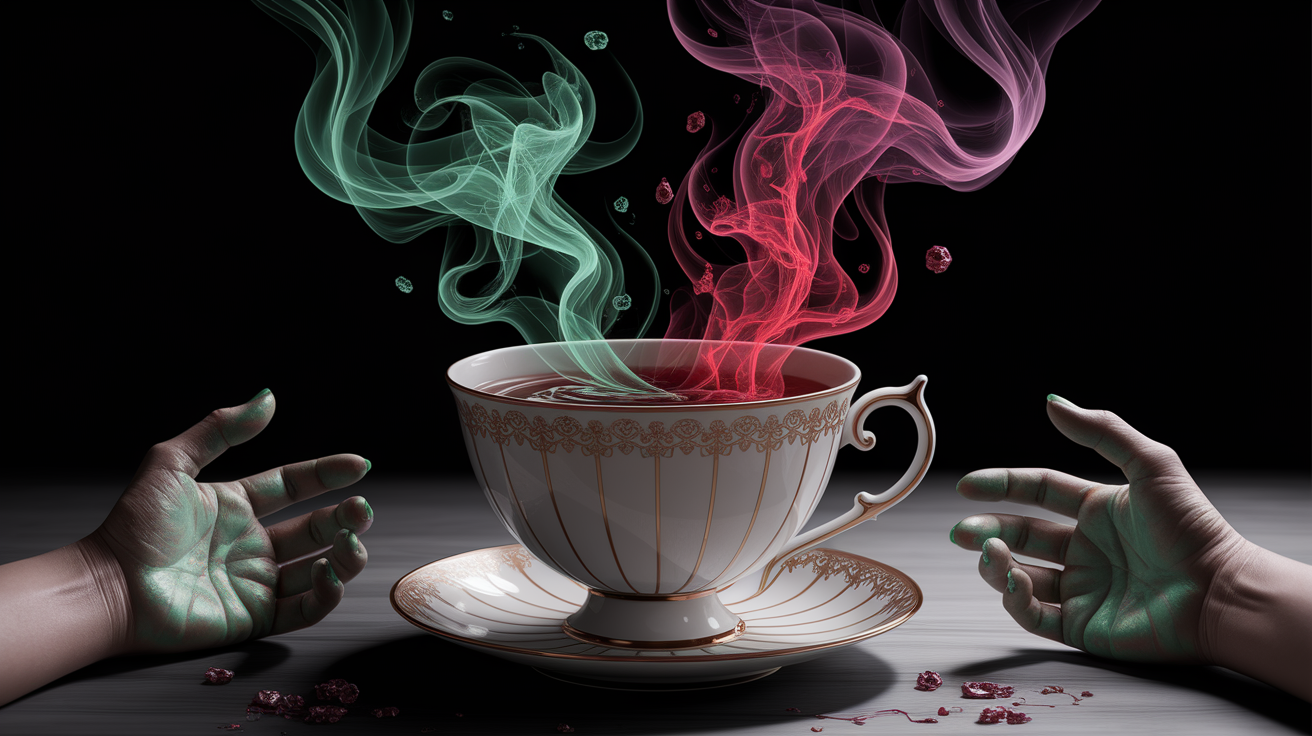
The respiratory irritation from improper inhalation is concerning enough – imagine what these concentrated compounds can do to your delicate digestive tract. Even food-grade essential oils aren’t necessarily safe for internal use, despite what some marketing might suggest.
What really worries me is when people think diluting essential oils in hot water makes them safe to drink. The problem is that oils and water don’t mix – they separate. So you might get a sip with no oil, followed by a sip with a concentrated dose that could cause immediate irritation or worse.
Safer Tea Flavoring Alternatives
Now, I don’t want to leave you hanging without delicious alternatives! There are so many wonderful ways to flavor your tea that are both safe and incredibly satisfying.
Fresh or dried herbs are your best friends here. Want that lavender flavor? Use dried culinary lavender buds. Craving peppermint? Fresh mint leaves or dried peppermint tea is perfect. For citrus notes, try fresh lemon or orange slices, or even citrus peels (just make sure they’re organic).
Spices open up a whole world of flavor possibilities – cinnamon sticks, cardamom pods, fresh ginger slices, or star anise can transform any basic tea blend. I love making my own chai blends this way.
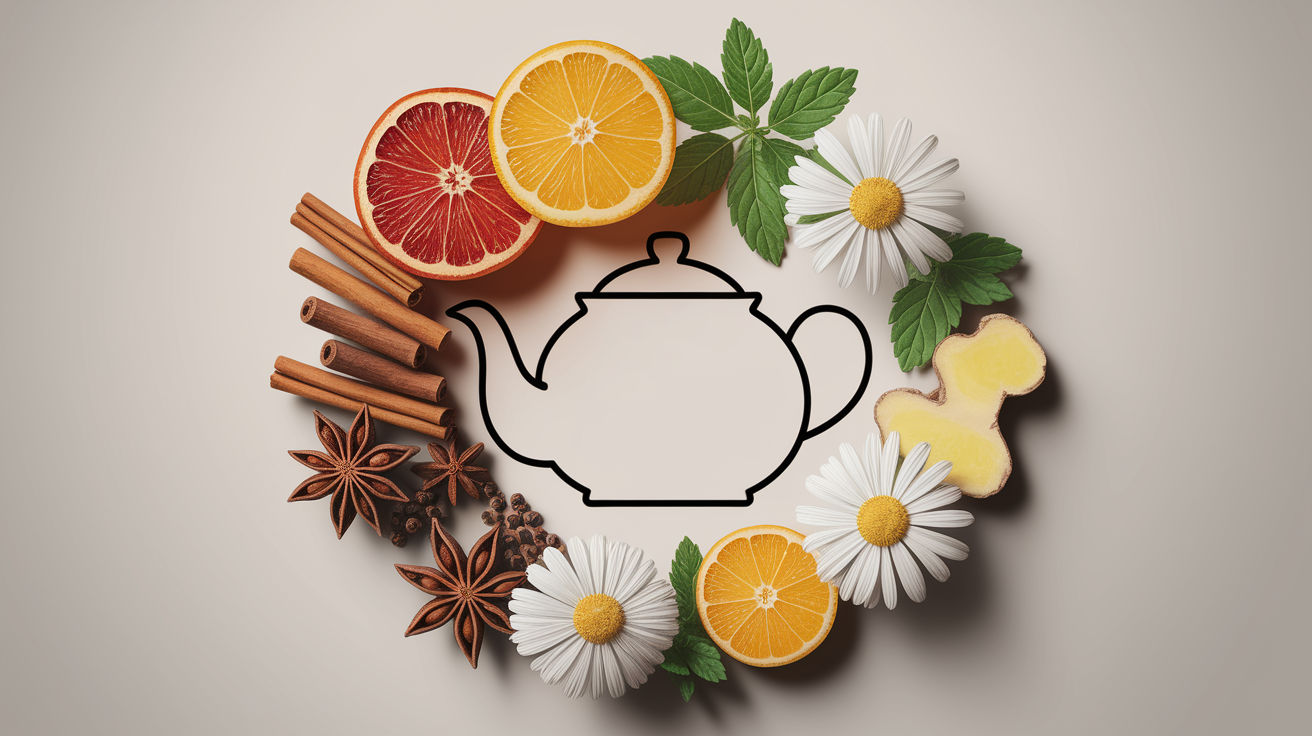
If you’re specifically looking for the therapeutic benefits you thought you’d get from drinking essential oils, consider using them safely instead. You can diffuse oils for digestive support while sipping your plain herbal tea, or apply diluted oils topically to pulse points.
Flower waters (hydrosols) are another fantastic option. These are the water-based byproducts of essential oil distillation and are much gentler while still providing lovely flavor and aromatherapeutic benefits.
Creating Your Perfect Herbal Tea Blends
Here’s what I do: I keep a collection of dried herbs specifically for tea making. Chamomile flowers for relaxation, peppermint leaves for digestion, hibiscus for a tart kick, and rose petals for something special. Mix and match to create your own signature blends!
When to Seek Professional Guidance
I always tell people that any decision about internal essential oil use should involve a knowledgeable healthcare provider. This isn’t just covering my bases – it’s genuinely important for your safety.
Certain situations absolutely require professional guidance. If you’re pregnant or breastfeeding, have liver issues, take medications, or have chronic health conditions, the risks multiply significantly. Even if you’re perfectly healthy, the potential for essential oils and liver health complications means it’s worth having that conversation with someone qualified.
There are some practitioners – clinical aromatherapists with advanced training – who might work with internal essential oil use in very specific, controlled circumstances. But this isn’t something you should ever attempt on your own or based on general internet advice.

If you’ve accidentally ingested essential oils or are experiencing any adverse reactions, don’t wait. Contact poison control or seek immediate medical attention. And here’s a crucial safety tip: if you ever get essential oils where they shouldn’t be, knowing how to neutralize them properly can prevent further irritation.
For oral health issues like toothaches, there are much safer approaches than drinking oils. Proper topical application methods can provide relief without the internal risks.
Stirring Up a Safe Sip
Look, I get the appeal of wanting to add essential oils to tea. The idea of combining two wonderful wellness practices seems like it should work, right? But sometimes the safest path isn’t the most obvious one.
Essential oils have incredible value in our wellness routines – just not in our teacups. Save them for your diffuser, your massage blends, and your aromatherapy practices. Your tea can be just as therapeutic using traditional, safe ingredients that have been enjoyed for centuries.
The best practices for ingestion when it comes to essential oils? Don’t. Stick to aromatherapy versus ingestion of essential oils, and you’ll have the best of both worlds – amazing therapeutic benefits without the risks.
Remember, wellness isn’t about taking the most extreme or concentrated approach – it’s about finding sustainable, safe practices that enhance your life. Your tea ritual can absolutely be part of that, just keep it simple, natural, and safe.


